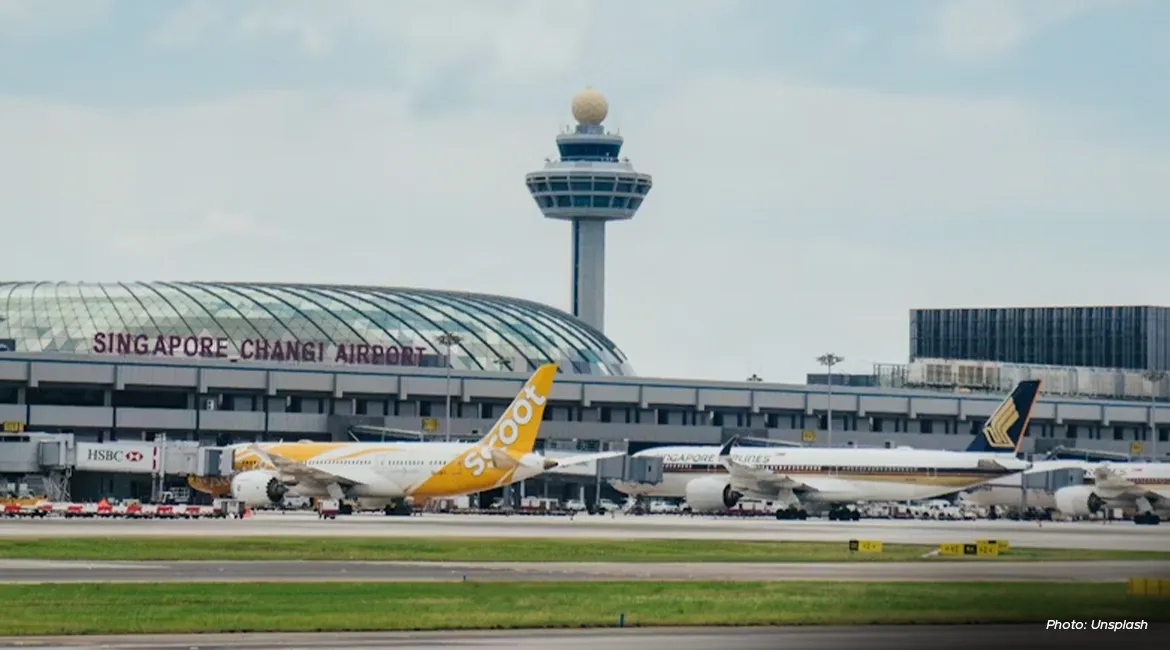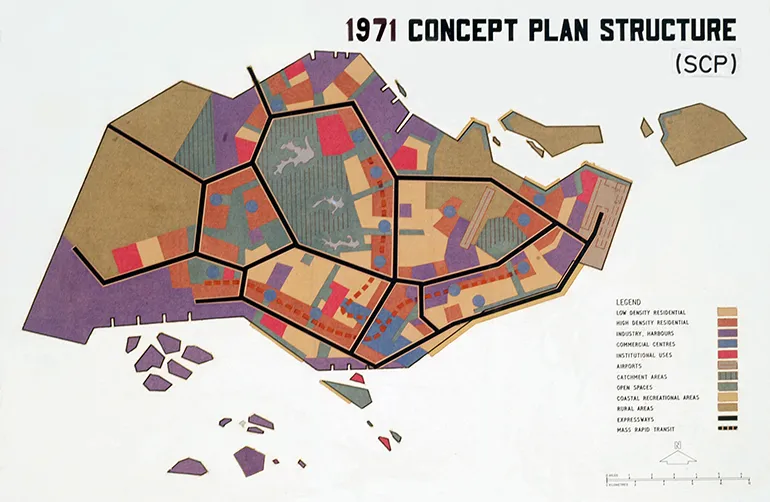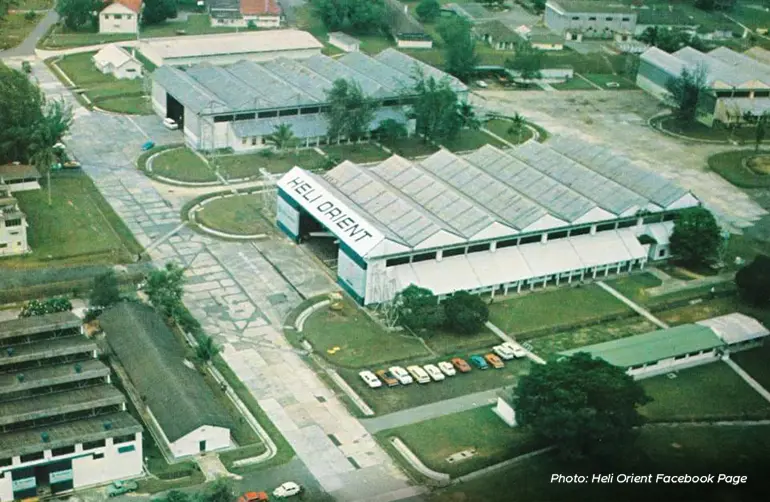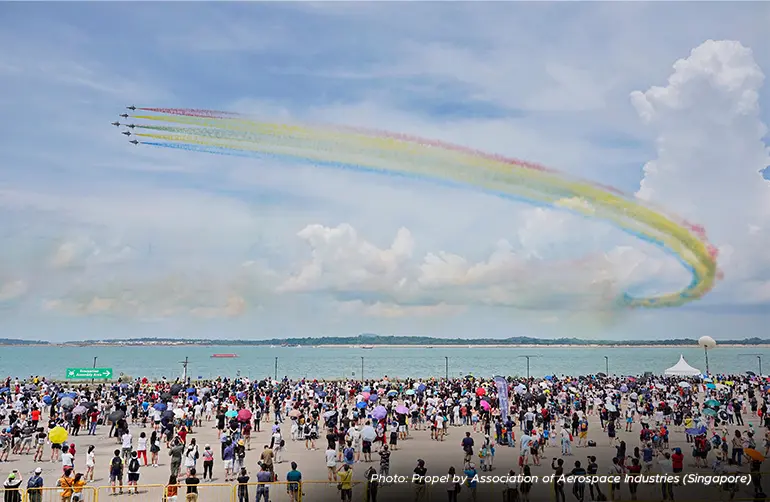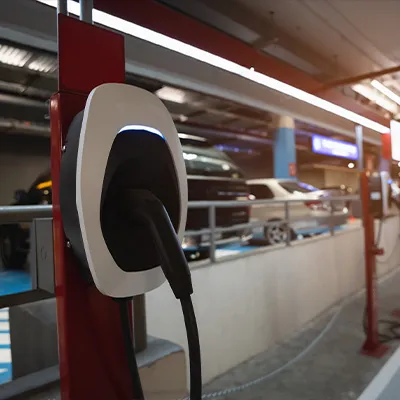Our Little Red Dot is the region’s leading aerospace hub today and can be likened to a United Nations for the global industry – over 100 international aerospace companies represented on this tiny island. Pretty remarkable for a country less than half the size of London.
How did we get here? I’d love to say we were prescient – our strategies spot on from the beginning, and plans executed to perfection with Singapore-style efficiency. But those who know better would struggle to suppress their chuckles.
The Fledgling Years
It’s no secret Singapore’s aerospace industry was birthed from existential necessity. As a small island state, a national carrier was imperative for us to establish connectivity to the rest of the world. The withdrawal of the British in the 1960s also necessitated the development of an air force to defend our borders. Hence, the establishment of the Malaysia-Singapore Airlines (MSA) in 1966 and the Singapore Air Defence Command (SADC) in 1968. As a corollary, maintenance and repair capabilities were required to support our commercial and military aircraft.
In 1969, EDB commissioned American consulting firm Murphy Mundy and Associates Inc1 to explore the prospects of developing an aviation and aerospace industry. This report recommended establishing a regional air servicing centre and leveraging the existing infrastructure at Seletar Air Base to develop an aircraft manufacturing industry.
The findings from Murphy’s report informed the 1971 Concept Plan (Singapore’s first long-term national land use plan), and the surroundings of Seletar Air Base were earmarked for a mix of industrial use and residential housing.
